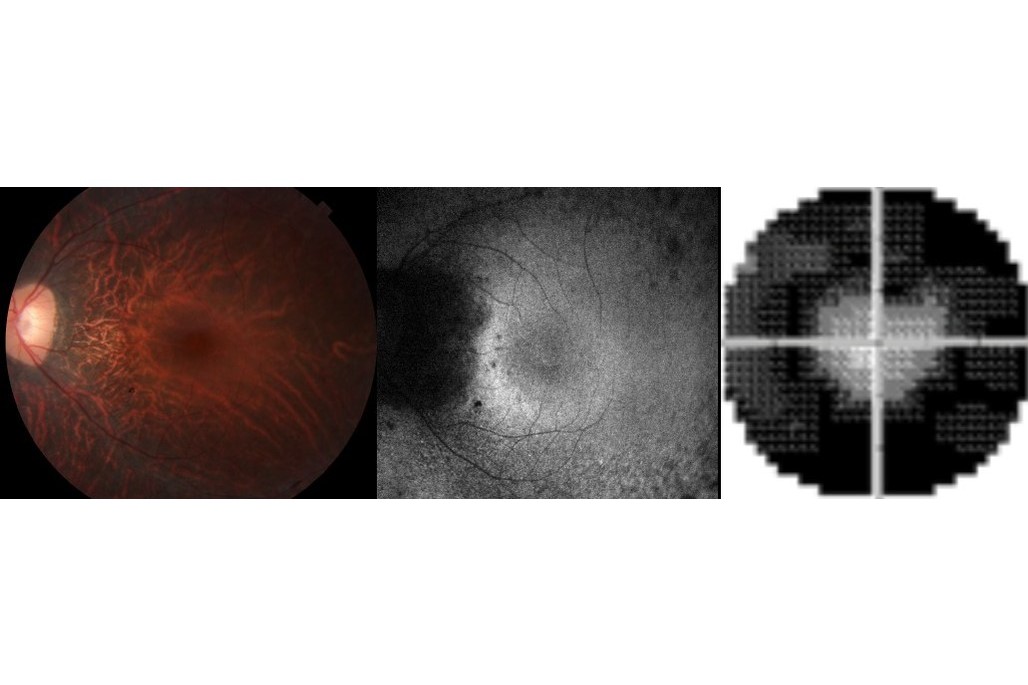Tackling X-linked RP
A gene therapy study shows promising early signs of safety and efficacy for hereditary X-linked retinitis pigmentosa (RP) causing sight loss in young males.
Florida-based Bascom Palmer Eye Institute researchers have performed nearly 100 gene therapy surgeries to date for several types of inherited retinal disorders. “X-linked RP, related to the GTPase regulator (RPGR) gene, is one of the most common and severe types of this disease,” said principal investigator Professor Byron Lam.
In the phase I/II dose escalation clinical trial, published by Nature Medicine, 18 patients underwent gene therapy surgery, receiving the new genes in an appropriate, localised dose directly into their retinal cells. “Visual field improvements were observed in some patients (and) the results showed no significant safety concerns,” said co-author, Professor Janet Davis.
A further, randomised phase II/III clinical gene therapy trial is now in place with more than 15 patients enrolled.























